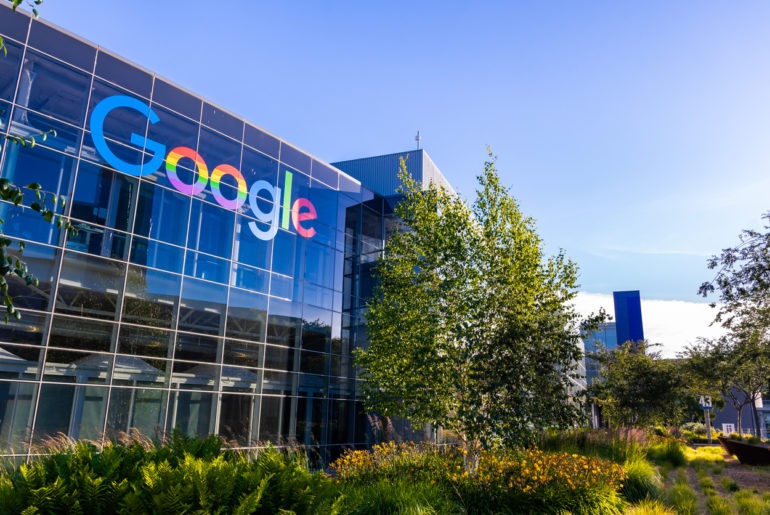Google never fails to offer the best services to its users. The ease of use and support make each of its products one of a kind. This is the reason why Google is the biggest player in the digital advertising market—because of its well-mapped services to the users.
Be it supply-side or demand-side, everyone seems to be using Google advertising products, one way or another. This has led to a point that Google claimed 32.3% of total digital advertising revenues worldwide in 2019.
Therefore we have compiled a list of all services and products offered by Google for publishers.
Google AdSense
Journey of nearly every web publisher starts with Google AdSense, a free ad network provided by Google. It was launched in 2003 and is still being used by many small and medium publishers to monetize their traffic. AdSense supports display, text, video, and interactive ad formats.
To get started with AdSense, you need to sign up and get your website approved. Generally, Google looks for content quality and traffic to qualify or disqualify publishers to use AdSense. Moreover, publishers can add multiple domains using one AdSense account and monetize them at one place.
Google AdSense gives a code snippet to publishers that should be added in the head section of the HTML source code of the website. This allows AdSense to track website analytics and show ads in real-time.
One of the most appreciated features of AdSense is Auto Ads, that uses historical data to place ads on pages based on user behavior (bounce rate, avg time on page, and general interaction).
AdSense uses contextual targeting to show relevant ads based on the niche of the publisher’s website. And advertisers are fetched from Google Ads, building a tight knit advertising environment for publishers while ensuring safety by reviewing advertiser’s ads before they make it to users’ browsers.
Google Ad Manager
The next step in ad monetization for publishers leads to Google Ad Manager. It was recently rebranded by combining DoubleClick for Publishers (DFP) and DoubleClick Ad Exchange (AdX).
It is a complete ad management platform for publishers offering granular controls and support for multiple ad networks including AdSense, AdX, and third-party networks as well.
AdX
Formerly DoubleClick Ad Exchange, AdX is a marketplace for exchange of impressions managed by Google.
Publishers must create a Google Ad Manager account to get access to the AdX. After that, they need to submit their application to Google to finally use the Google ad exchange service. But the AdX eligibility asks for 5 million page views per month along with several other requirements. In such a case, you can get help from Google Certified Publishing Partners (like AdPushup) to access AdX.
Once you have an AdX account, you can benefit from a bigger pool of demand than AdSense. And finally able to monetize based on impressions, not clicks.
DFP
DoubleClick for Publishers is an ad server by Google that supports line item creation, reporting, and final serving of ads on the website.
DFP does not demand exclusivity, so publishers are free to use it along with any other ad management or ad serving product. This is great news for publishers who like to keep experimenting with different ad agencies and providers to optimize their revenue.
Once DFP is connected to the right demand source, it can start bringing the dollars to the publisher’s account instantly. And it also takes care of everything from ad serving to management and reporting.
Google Ad Manager 360
Google Ad Manager 360 is a premium paid version of GAM accessed by publishers who have crossed a 150 million monthly impressions limit. The price for this version is determined based on the average impressions and can be negotiated based on additional services added by the publishers.
It is intended for use by large publishers with complex sales operations and dedicated sales teams who need advanced customization and consulting services.
AdMob
AdMob is a free mobile application monetization platform acquired by Google in 2010. Over one million app developers use AdMob to monetize their mobile applications. It gives app publishers a way to earn money by displaying targeted ads alongside the app content.
Just like AdSense, AdMob supports self-server features where app publishers create ad space, customize placements, and launch the campaign. And then the reporting and transactions are handled by Google.
To maintain safety in the app advertising environment, AdMob supports app-ads.txt, an IAB initiative designed to only allow authorized sellers to sell the app inventory. Also, publishers can add their AdMob account to GAM, which helps them in selling app-inventories via Open Bidding and get hold of a bigger pool of demand sources.
Funding Choices
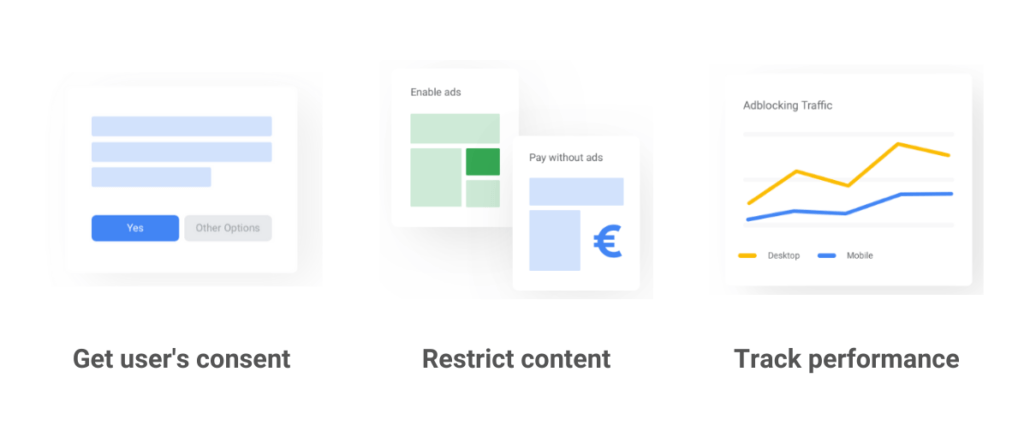
Funding Choice is an ad blocking solution for publishers to reclaim the revenue lost due to the use of ad blockers. This tool complies with the privacy guidelines set by GDPR, CCPA, and similar privacy laws.
Funding Choice gives publishers a way to have a conversation with their site visitors through custom messages they can use to express how ad blocking impacts their business and content.
Varun Chirravuri, Product Manager at Google
The process starts by detecting the users who have ad blockers enabled on their browsers. After that, Funding Choice lets publishers show a customized message to users and ask them to disable the ad blockers. As an alternative, publishers can also offer content to users without ads in exchange for a small price (set by publishers in compliance with Google policies).
The three customizations offered are:
- A dismissible message asking users to disable ad blocker without restricting access to content
- A dismissible message that counts and limits the number of page views. Once the limit reaches the threshold, content is blocked for that user.
- Or, a message that blocks access to content with options to EITHER allow the ads OR pay access fees to the publisher in order to see the content.
The reporting provided by Funding Choices shows insight into how your messages are performing and tips to improve them further while complying with user consent guidelines.
To get started, publishers need to sign up with Funding Choice and submit their properties. Google provides a code snippet which is required to be placed on the website. After successful set up, publishers can create custom messages and use Funding Choices as an anti-ad block tool.
Google Cookie Choices
Google Cookies Choices is a resource to help publishers comply with the EU’s GDPR, launched after GDPR made it to the ad tech industry. It contains best practices to help publishers comply with GDPR and similar privacy laws by showing a message box on their website and telling users about the use of their data.
Google encourages publishers to create their own message to display on a website as it depends on the methodology used by individual publishers to monetize their websites.
Google Publisher Console
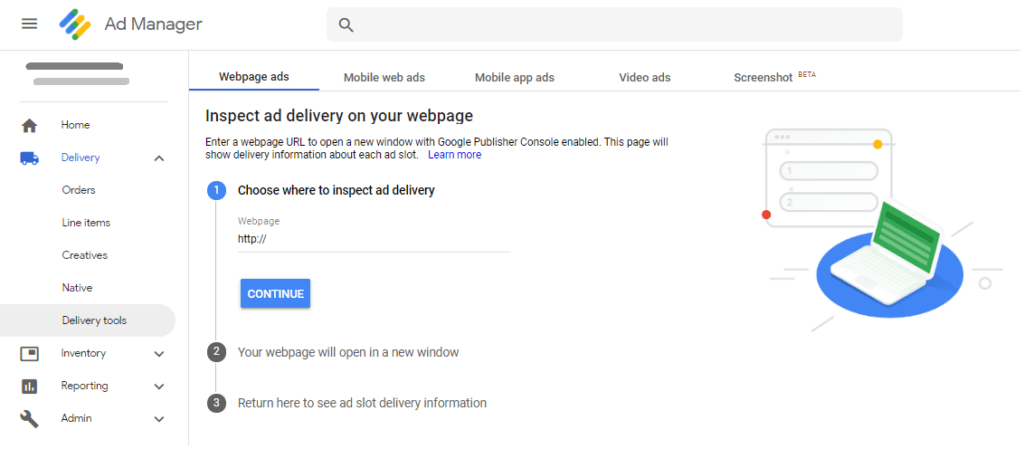
To diagnose and troubleshoot issues related to the ad delivery, Google launched Publisher Console. While Google Publisher Console can work without having a GAM account, for better data-backed reports, we suggest publishers to use it with GAM.
The idea is publishers generally have hundreds of line items on their property and reviewing each of these manually can be a hectic task. Hence, taking help of a tool makes most sense here.
This tool checks for ad delivery and speed related problems. Along with that, it checks the performance of demand partners and inventory to help you remove/update line items associated with it.
Google Certified Publishing Partner (GCPP)
The Publishing Partner Program by Google brings together all the trusted partners that are helping publishers to maximize their ad revenue potential. If you see a Google Certified Publishing Partner badge, this means you are in good hands.
Google gives GCPP badge to companies who have passed Google’s product certification exams and established a successful track record of helping publishers.
Why do publishers need GCPP?
While the needs and requirements of publishers vary, most publishers choose GCPP companies to get quality services from third-party partners. Here are a few services publishers can expect from a GCPP:
- Access to services like AdX and quality demand
- Improve monetization potential of ad inventory with help of ad operations
- Scale up the Google account management structure
- And expertise to use and improve Google products
AdPushup is a Google Certified Publishing Partner, learn how we can help you uplift your ad revenue.
Google Opinion Rewards
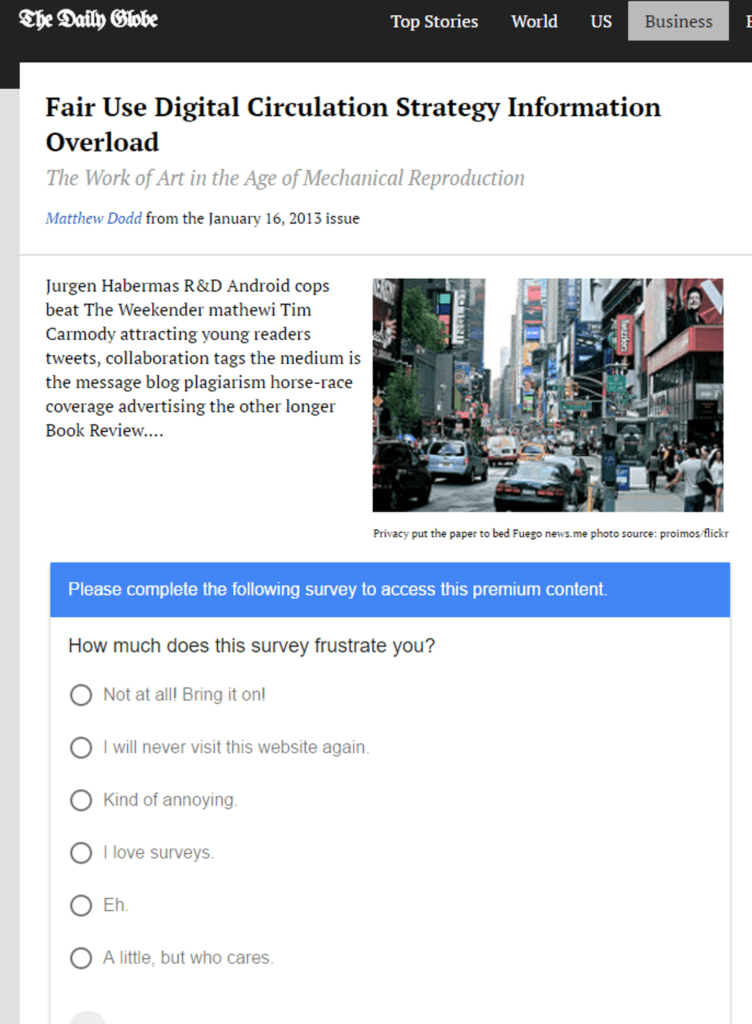
Initially launched as a survey app for mobile devices, Opinion Rewards quickly evolved into a means for publishers to monetize their websites. Basically, Google uses the publisher’s website as a medium to reach users and ask them to participate in a survey created by several survey creators. Google Opinion Rewards for Publishers connects with an AdSense account to channel the money.
If and when the user submits the answer, the publisher gets a fraction of the money invested by the survey creator. Publishers can track this money on their Opinion Rewards reporting along with details like the number of users who interacted with the survey and submitted the answers.
To get started, publishers need to sign up with Google Opinion Rewards and submit the website for approval. Next, Google will share a code to be placed on the website to track website performance and place surveys. Publishers can customize the appearance and location of survey boxes on web pages while keeping the survey non-intrusive to the users.
Publishers Ads Audit for Lighthouse
Lighthouse by Google initially launched as a page speed test tool. Looking at its success in helping publishers with SEO, it soon upgraded to Publishers Ads Audit. It basically checks the speed of the ads and shares possible optimization tips.
Once you run the Publishers Ads audit, you get separate results for desktop and mobile devices. Along with details like performance metrics – speed index, first CPU idle and more.
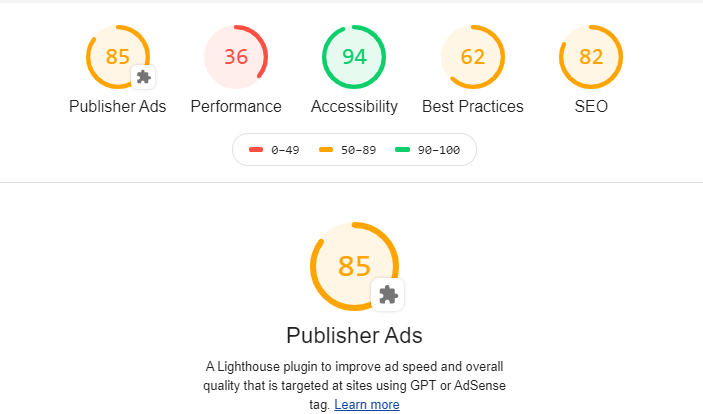
Publisher Ads Audits gives a host of information about the performance of ads along with the performance of a page. Clearly, fast ads make for happy users and increased revenue, so the information provided by Ads Audit is well worth having.
Google News Publisher Center
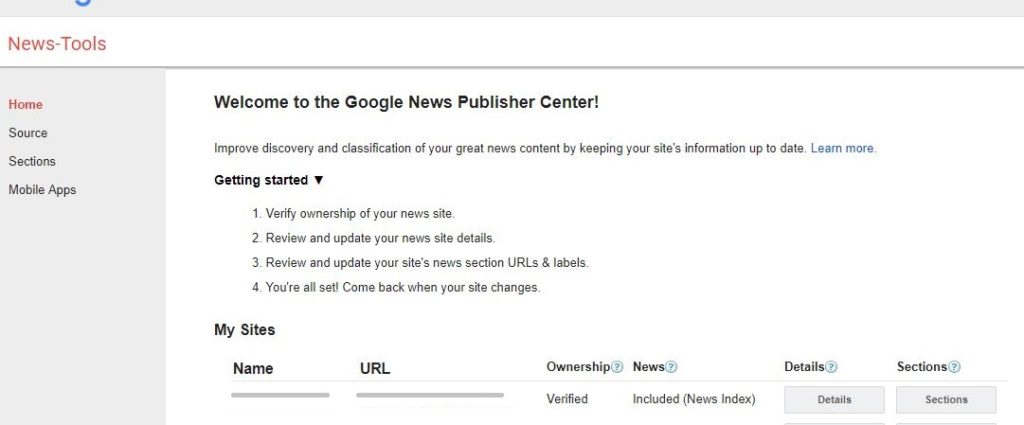
It is an interface that helps publishers submit to, manage, and monetize their content in Google News. Using this, news publishers can advance their webpages to appear on Google News, a news aggregator app by Google.
The Google News Publisher Center isn’t an authoring or a content management system (CMS). The publisher’s content (text, pictures, videos, audio) is created and managed elsewhere, and then is pulled into or linked from Publisher Center for post-production.
It just allows publishers to reach relevant users based on labels and tags added by publisher, then mapping them to users interested in them. Publishers just need to submit the content, image, and publish it to make it appear on Google News.
Miscellaneous Google Products for Publishers
- AMP ads: Fast web ads that support both AMP and non-AMP pages designed to provide lighter and more secure experiences to users.
- Privacy Sandbox: A solution in-creation by Google to support publishers after third-party cookies are completely off the market.
In Closing
You name a requirement and Google might have a product for that.
Other than these, Google surely has many other services for publishers to help them in different ways. We haven’t touched the tools used for SEO, analytics, and security purposes—Search Console to check site’s indexing status, Google Analytics to track website traffic, and reCAPTCHA, a simple tech to discern humans from bot traffic.
Clearly, this can become a never-ending list. And with new products on the way, we can see how Google is creating a one-stop ad monetization solution for publishers.

Shubham is a digital marketer with rich experience working in the advertisement technology industry. He has vast experience in the programmatic industry, driving business strategy and scaling functions including but not limited to growth and marketing, Operations, process optimization, and Sales.
